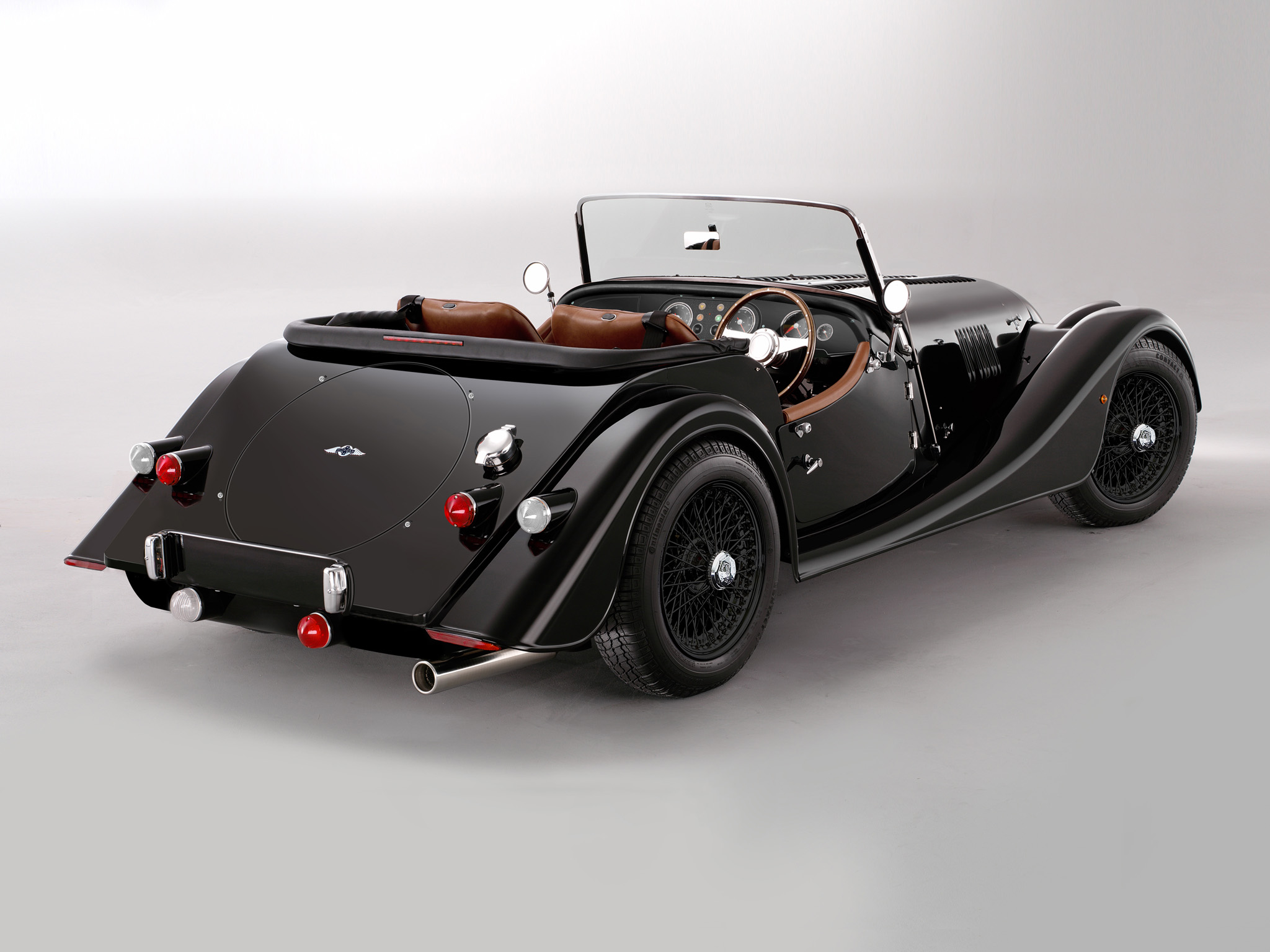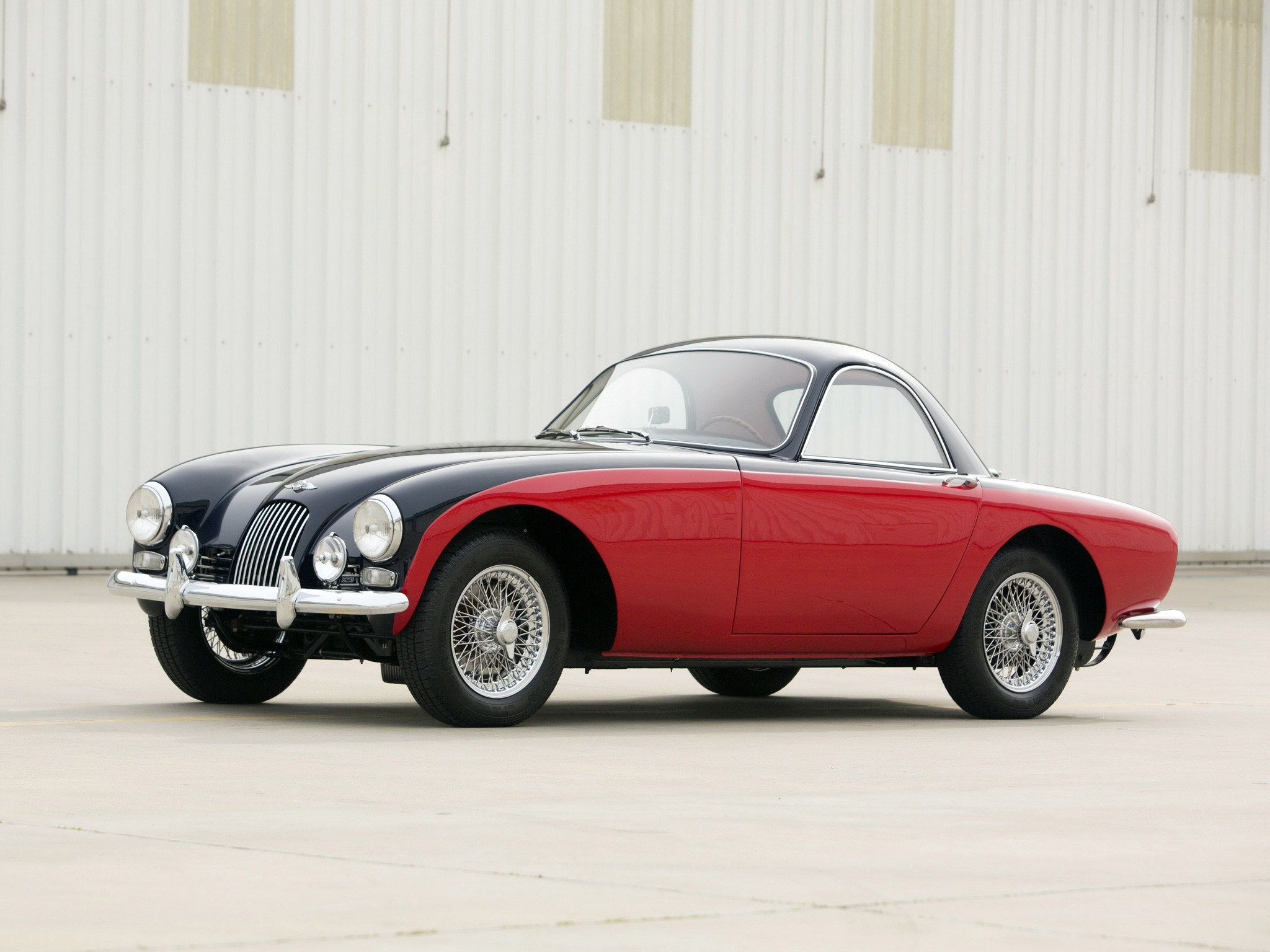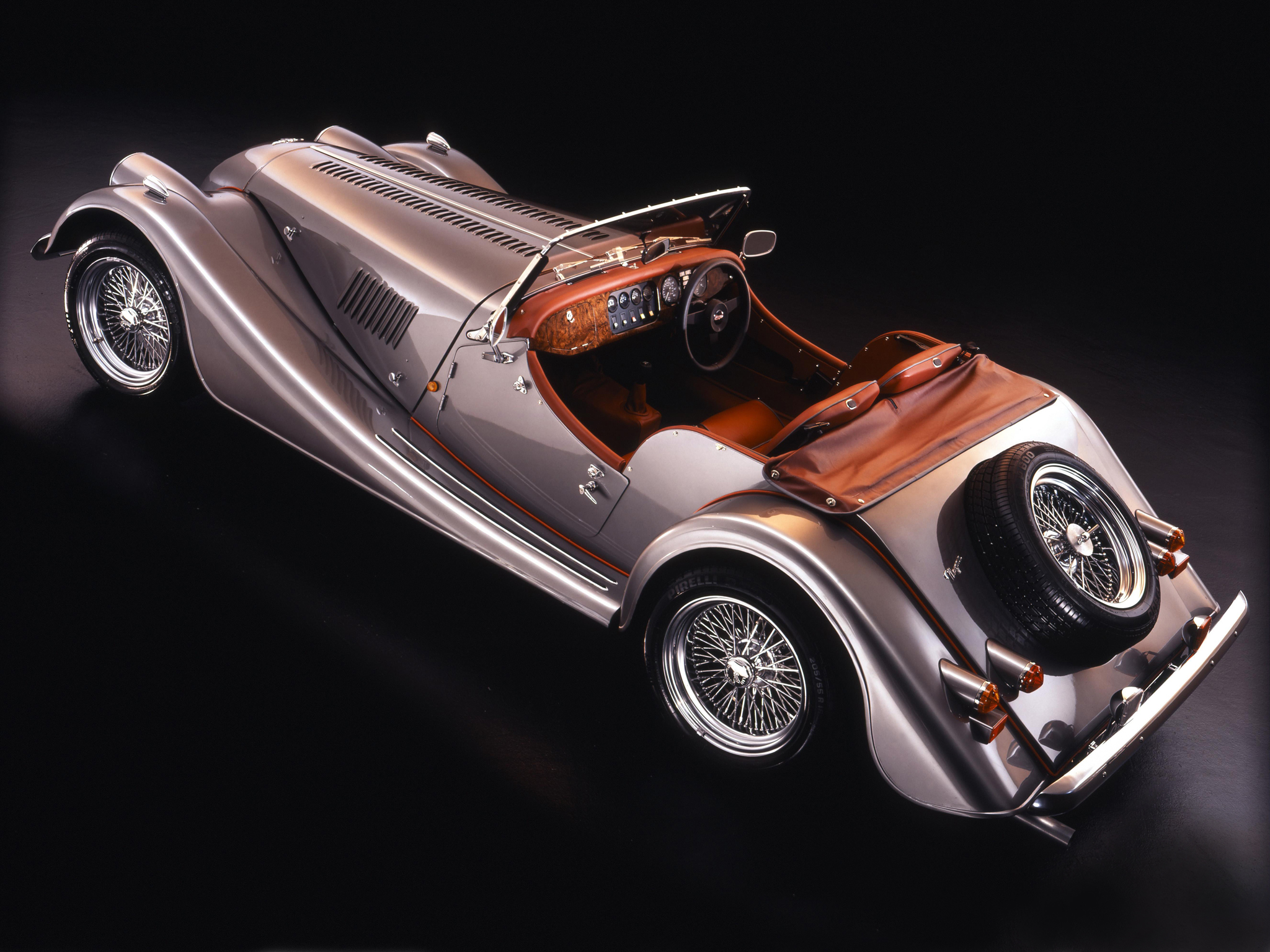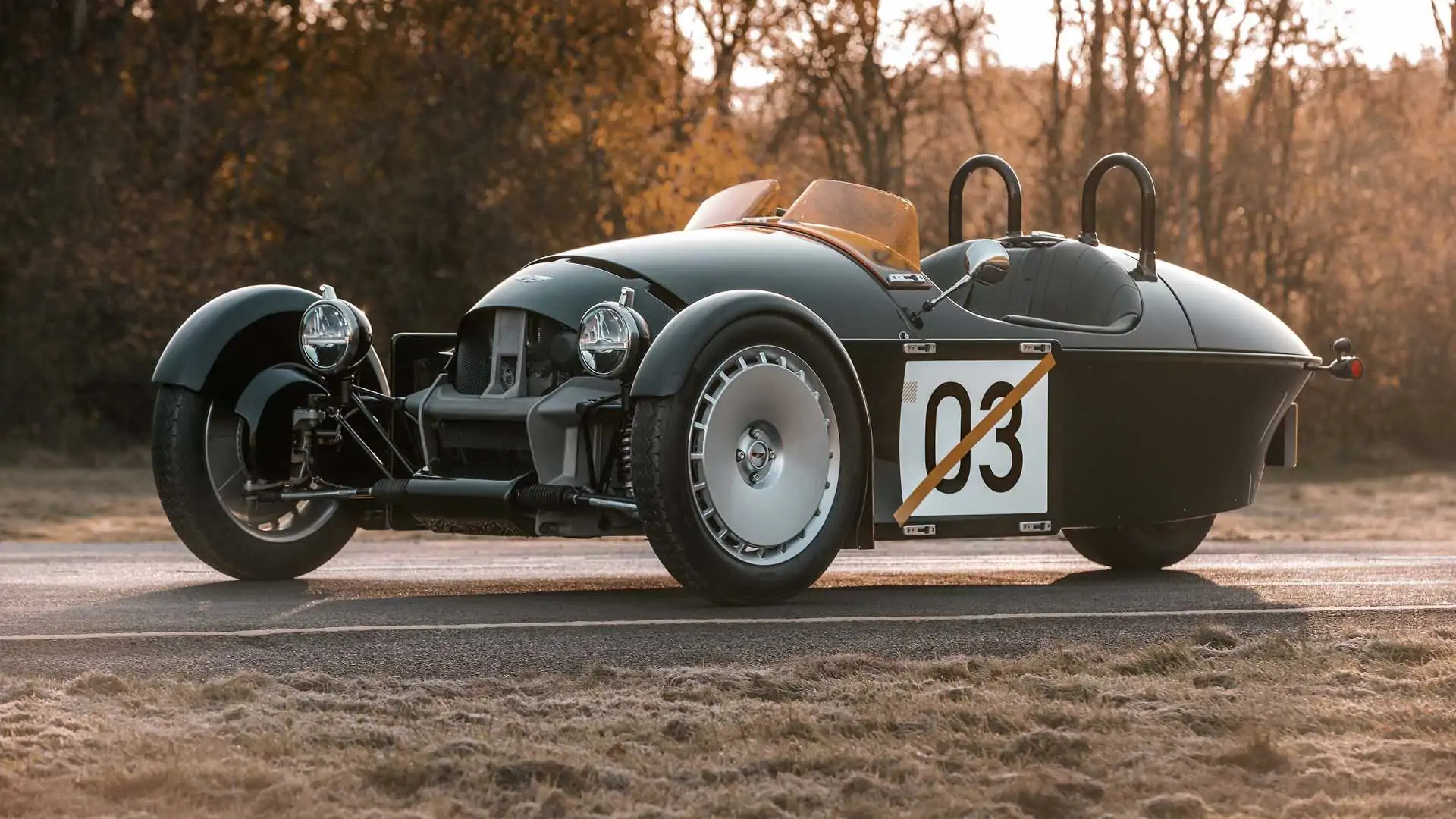Morgan
The Rarest Brands in the Top 100 Collections
Photo credit: Morgan Motor Company, Wheelsage
“Good news for woodworms” was the headline of a major automotive magazine years ago, announcing a new Morgan model. In fact, it’s well known that the cars from this English brand, which has staunchly resisted any temptation of modernization for almost a hundred years, are painstakingly built on a wooden frame. In reality, it’s not the load-bearing element of the car (the chassis), as almost everyone believes, but a frame in ash wood upon which the body panels are lovingly fixed. Woodworms can still rejoice, but for historians who don’t know, it’s time for an update.
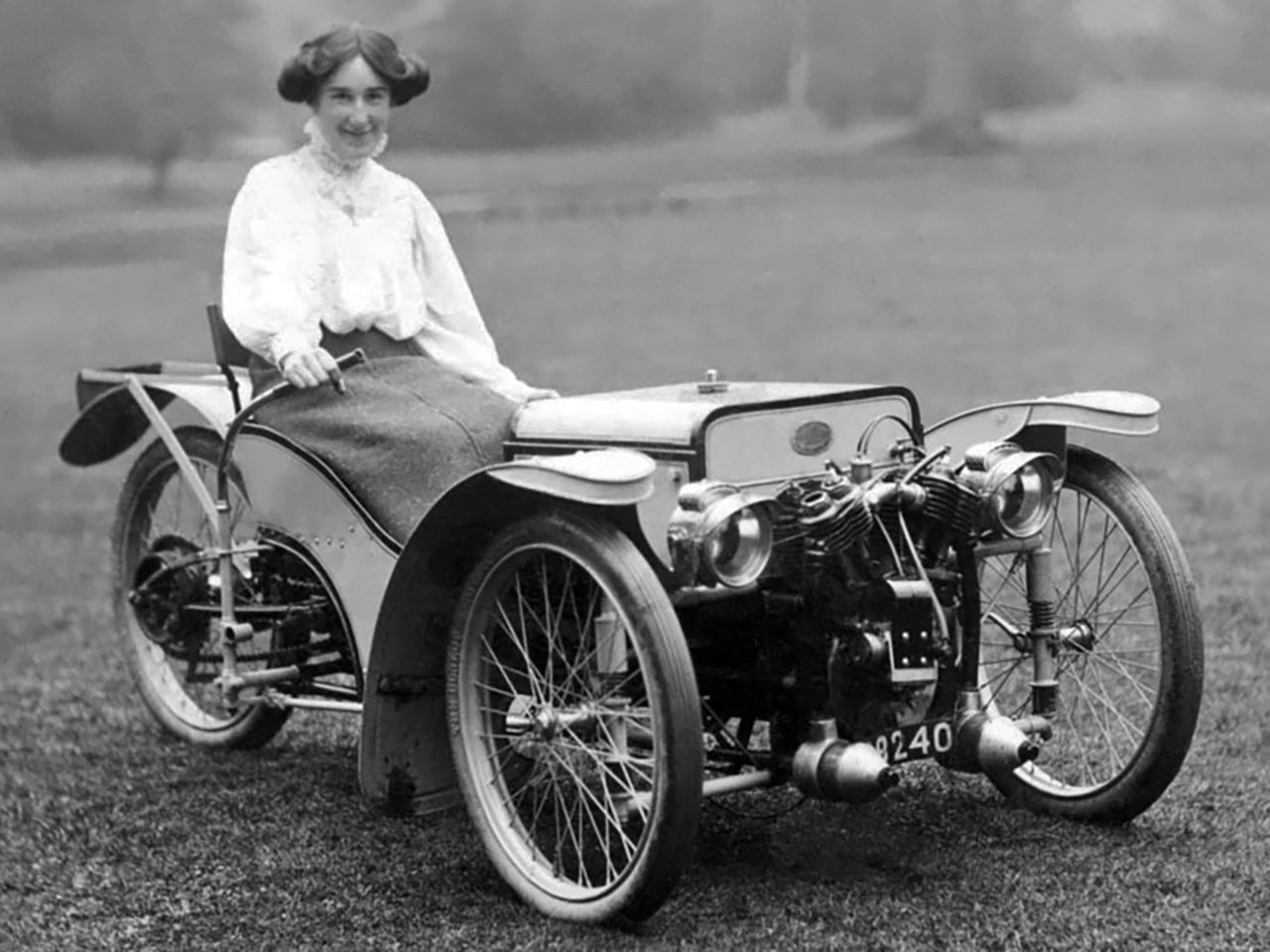
Contributing to the charm of the Morgan, founded by Henry Frederick Stanley Morgan and carried on over the years by his son Peter, is the fact that for decades, it has produced the heir of its first ever model: a tricycle with two front wheels, powered by an air-cooled two-cylinder motorcycle engine with just two creature comforts: the pleasure of ownership and sheer fun of driving it. The origin of the idea was a decidedly practical one: to avoid paying the taxes that cars were subjected to back in the day by being considered a motorcycle.
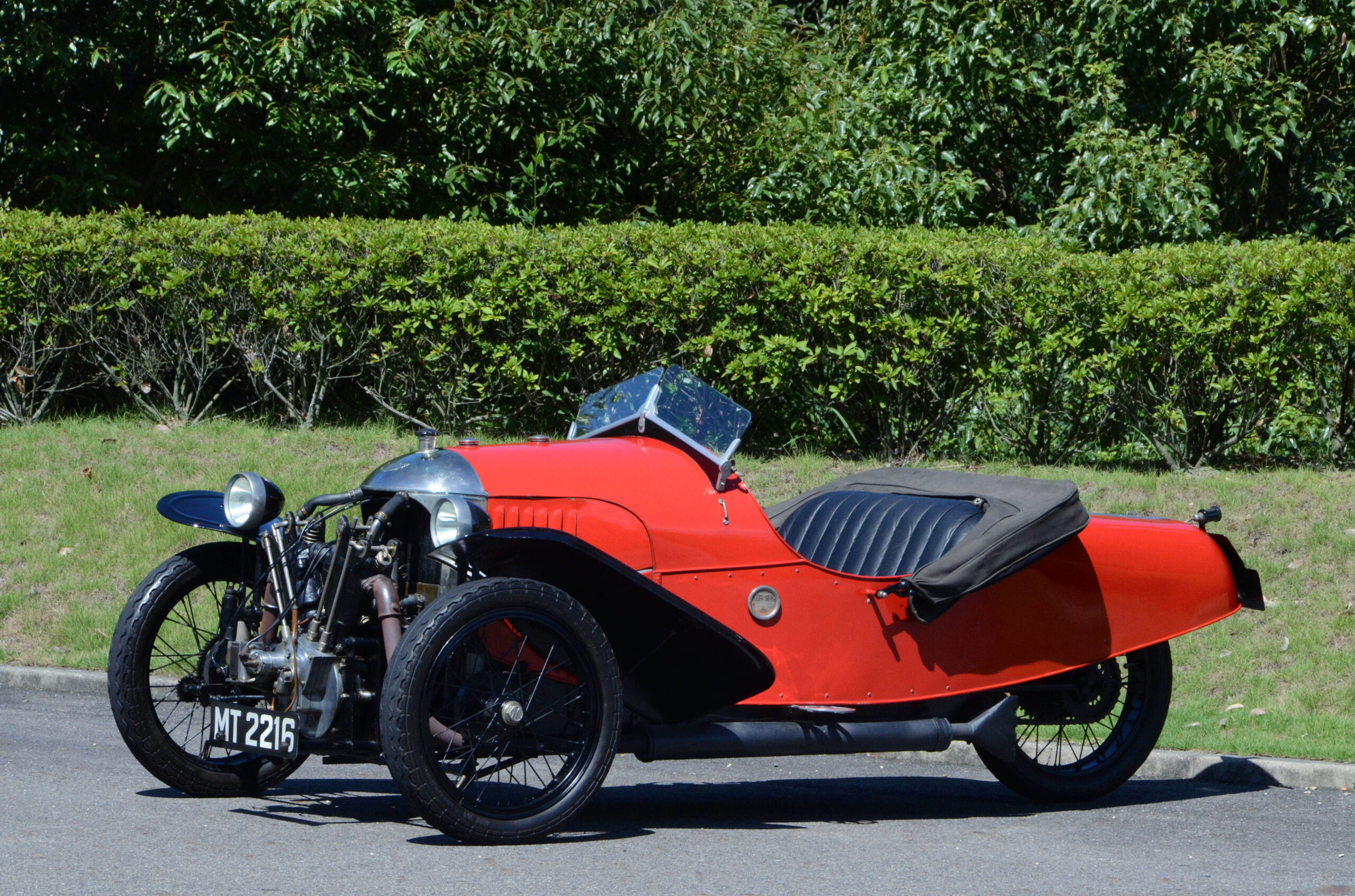
For those who are unaware of this model, and we very much doubt that most if not all of our readers have at some time dreamt of driving one, there is an unmissable film that associates the Morgan 3-wheeler Sports with Peter Sellers who gets up to all sorts of trouble: Hollywood Party. Fun, intelligent and culture all on one.
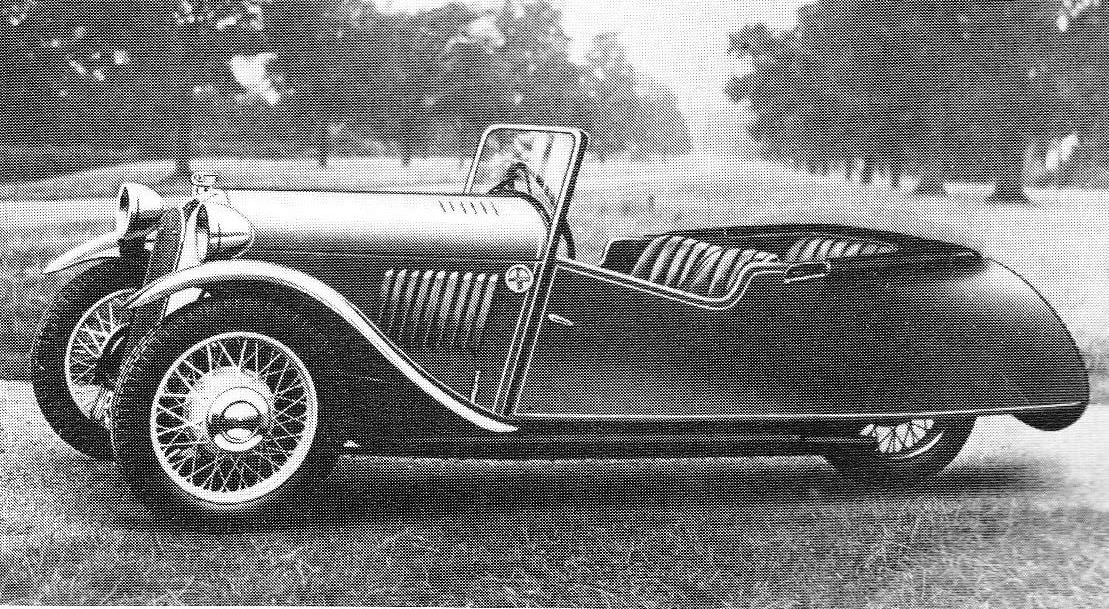
The Morgan resides in everyone’s heart because it combines pure sportiness with the absolute disregard for conventionality that cars from a distant past often display. It’s no coincidence that Morgan Clubs across the globe are lively and active affairs, and it is also not a coincidence that sportsmanship has also been fuelled by several appearances on the track, including Le Mans.
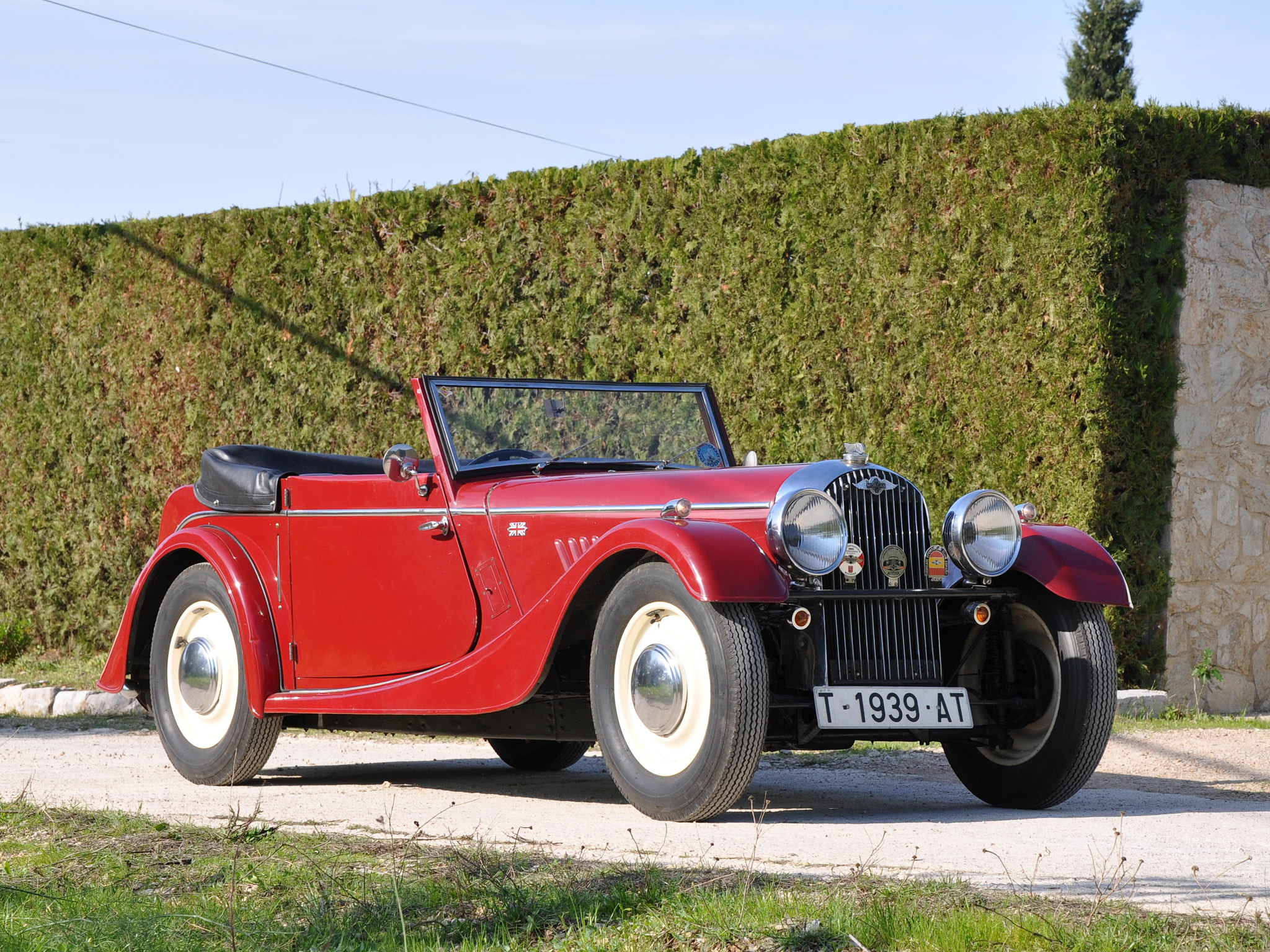
Numerous engines have been used over the years, including Peugeot, JAP, Anzani and MAG to name just a few, right up to the six-cylinder unit that powers the more recent Plus Six which, while maintaining the flavour of the past, offers a contemporary and more aerodynamic line.
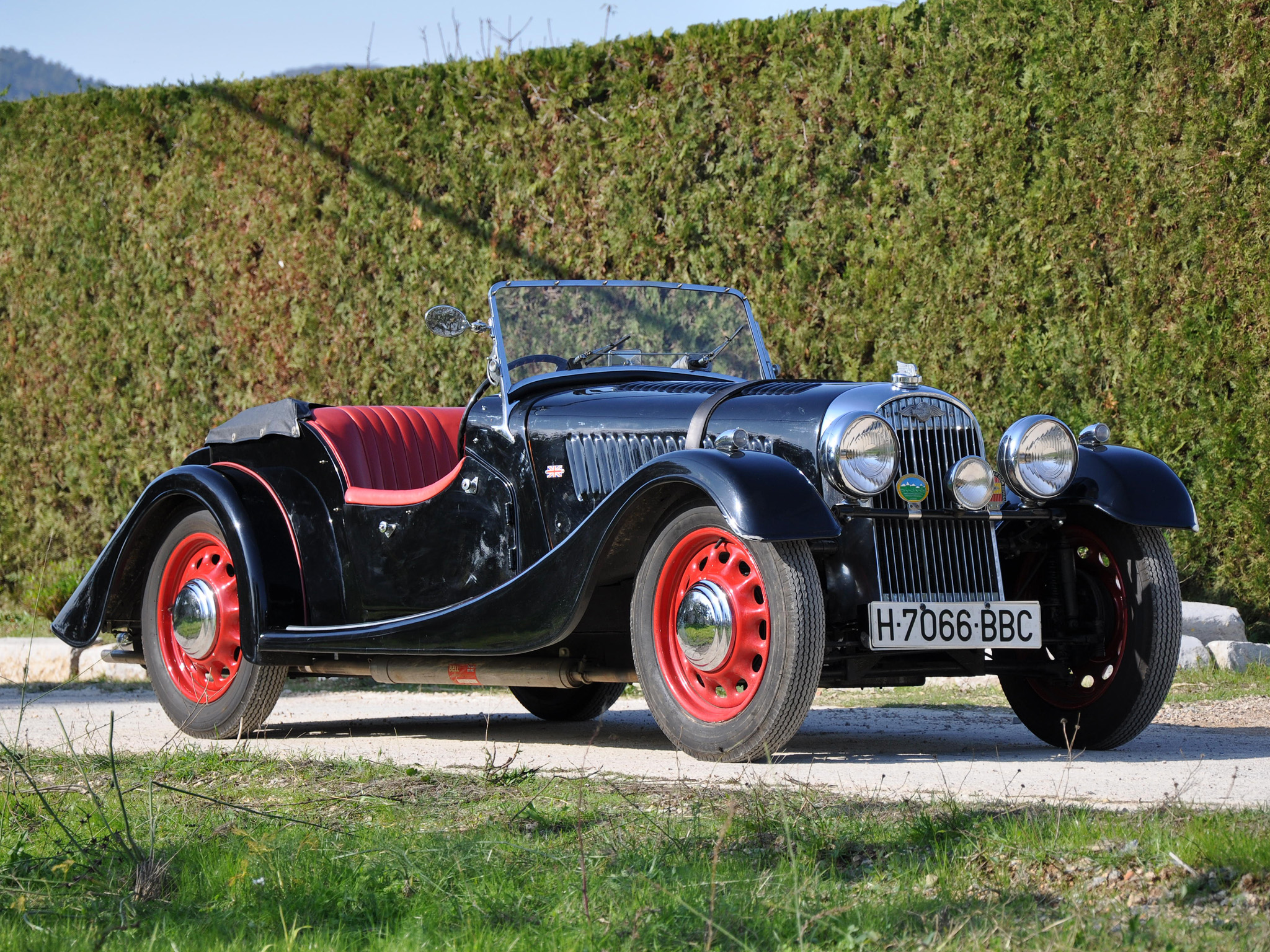
What more can we add? Actually quite a lot, but what matters most here is the ability of the brand to transmit a certainty: the way they build Morgans. Always using the same methods and never wavering from the tried and tested path, even if, in reality, the technology is also there. It’s just used with discretion.
